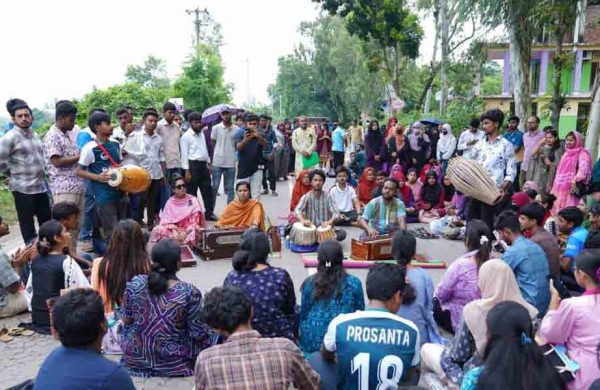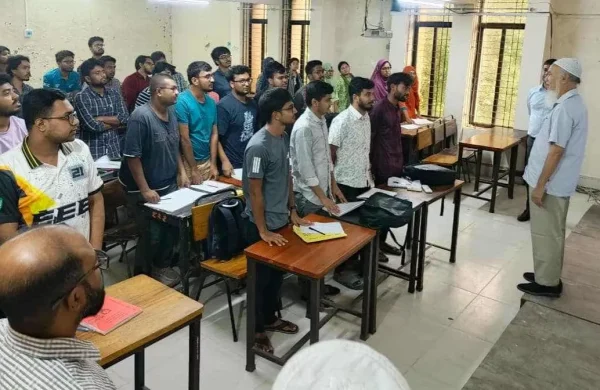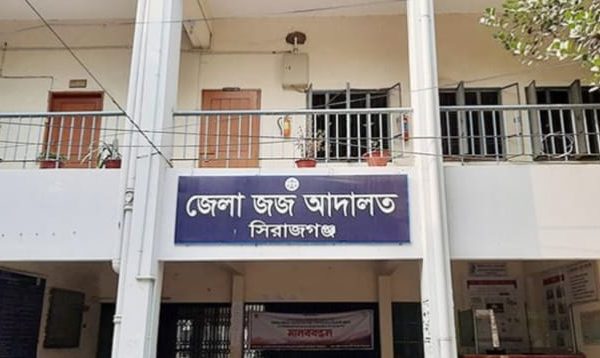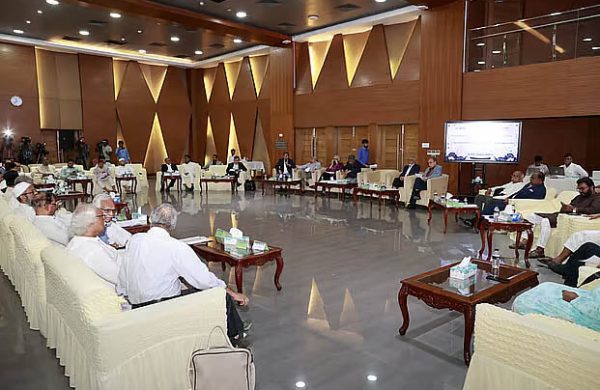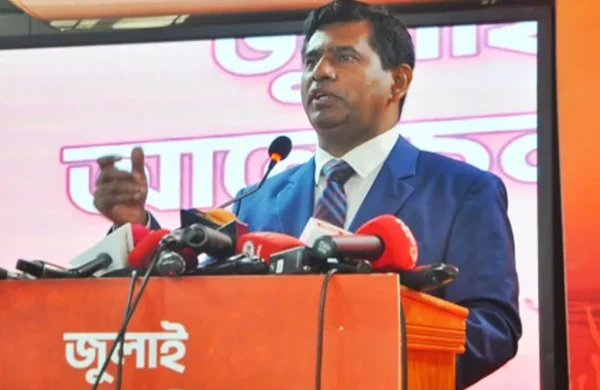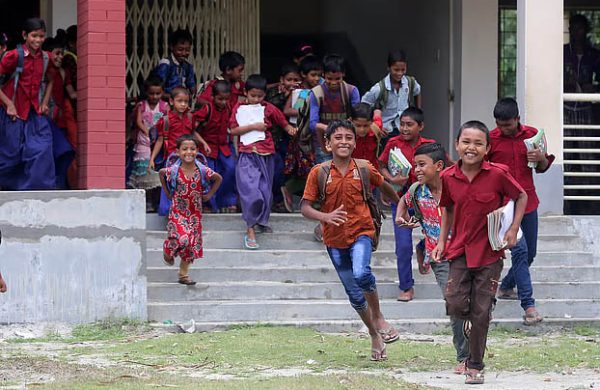Enforced disappearance: Electric shocks, nail removal, and other forms of torture at secret detention cells
- Update Time : Monday, July 7, 2025

TDS Desk:
A gamchha (thin cotton towel) would be draped over the face, and water poured over it, cutting off airflow. The sheer terror, suffocation, and pain would often cause victims to pass out. This method, known as waterboarding, was one of the horrific torture techniques used at secret detention facilities operated by the Rapid Action Battalion (RAB) on victims of enforced disappearance.
The second interim report by the Commission of Inquiry on Enforced Disappearances reveals such disturbing accounts of the torture methods employed in these secret facilities, as recounted by the victims themselves.
These included being held in unsanitary cells, beaten while hung upside down, fingernails pulled out, subjected to electric shocks, or placed in spinning chairs, each method more inhumane than the previous one.
On 4 June, the commission presented the report, titled “Unfolding the Truth: A Structural Diagnosis of Enforced Disappearances in Bangladesh,” to Chief Adviser Professor Muhammad Yunus.
The report analysed nearly 1,850 complaints and documented the cases of 253 individuals subjected to enforced disappearance.
The report paints a harrowing picture of abductions carried out by law enforcement and security agencies, with no official records maintained in most cases. This lack of documentation, the report notes, enabled perpetrators to evade accountability for the torture and disappearances.
TORTURE IN A SPINNING CHAIR
One 27-year-old man recounted his 39-day detention by RAB in 2017: “They started pouring water over a gamchha on my face. They used an entire jug. I couldn’t breathe. Then they removed the towel and asked, ‘What were you doing?’ I said, ‘Sir, please tell me why you’ve brought me here.’ They replied, ‘No, this won’t do. Put the towel back, pour the water again.’ This happened three or four times before they said, ‘Take him back.’”
Victims described being locked in cramped, dark, and unsanitary cells where sleeping meant lying over a toilet pan. Torture continued even when using the toilet.
The commission identified two kinds of spinning devices used to disorient and torment detainees. One was a rotating chair reportedly used in RAB’s Taskforce for Interrogation (TFI) cell, in which detainees were spun at high speed, causing some to vomit, lose control of their bowels, or faint.
The other, more severe device, used in the Joint Interrogation Cell (JIC) run by the Directorate General of Forces Intelligence (DGFI), was not a chair but a machine designed to spin the entire body.
ELECTRIC SHOCKS DURING URINATION
A 25-year-old woman detained by police in 2018 said, “They tied my hands and made me face the window. Without a scarf, the male officers would look at me and laugh, saying, ‘So much for modesty; now it’s all gone.’ Once they tortured me so badly that my period started. When I asked for a sanitary napkin, they laughed at me.”
In RAB custody, torture often involved beatings with eyes blindfolded. Detainees were told to urinate, and as they did, they would receive electric shocks. One survivor said, “The moment I urinated, I felt like I was being launched five feet into the air. It felt as if a massive jolt had hit my body.”
According to the report, electric shocks were the second most frequently used form of torture by RAB, due to their portability and ease of use in vehicles, cells, or hidden locations.
HANGING UPSIDE DOWN AND BEATEN
A 46-year-old man who was held for 391 days said, “They wouldn’t let me sleep. I had to sit on bare feet without a chair. Sometimes they handcuffed me to the bed. Even when mosquitoes bit me, I couldn’t move to swat them.”
The report found that beatings were the most common form of torture, often carried out with extreme cruelty. Victims were frequently suspended upside down while being beaten.
To conceal evidence of torture, authorities would sometimes apply ointments or medicines. Detainees would not be presented in court until the marks faded.
In several cases, however, victims appeared before magistrates bearing clear signs of abuse, which were often ignored.
Many were kept in solitary confinement, blindfolded and handcuffed, with minimal food. The uncertainty over their fate caused deep and continuous psychological distress.
LONG-TERM TRAUMA
The report states that most released victims continued to suffer from long-term trauma.
In one case, a 16-year-old boy was picked up by RAB in 2019 and held for 20 months and 13 days. His father said, “After coming back, he would just sit quietly. Suddenly, he’d get angry and slap anyone who spoke to him… Now he just laughs to himself. He avoids conversation and can no longer communicate normally. He’s not the same as before.”
The father added, “He refuses to take his medication. I’ve stopped going to lawyers too, there’s no money left.”
The Commission of Inquiry on Enforced Disappearances was formed on 15 September last year to trace and identify the disappeared and investigate the circumstances of their abduction.
Its first interim report, submitted to the interim government on 14 December last year, also contained chilling descriptions of how people were abducted, tortured, or even killed.
Speaking about this, Sazzad Hossain, a commission member and human rights activist, told journalist “Whatever we thought we knew about the torture of disappeared individuals, the reality is far worse. Unless you hear the victims’ testimonies, you cannot imagine it. There was no method of torture that wasn’t used. They were tortured right up to the brink of death.”



